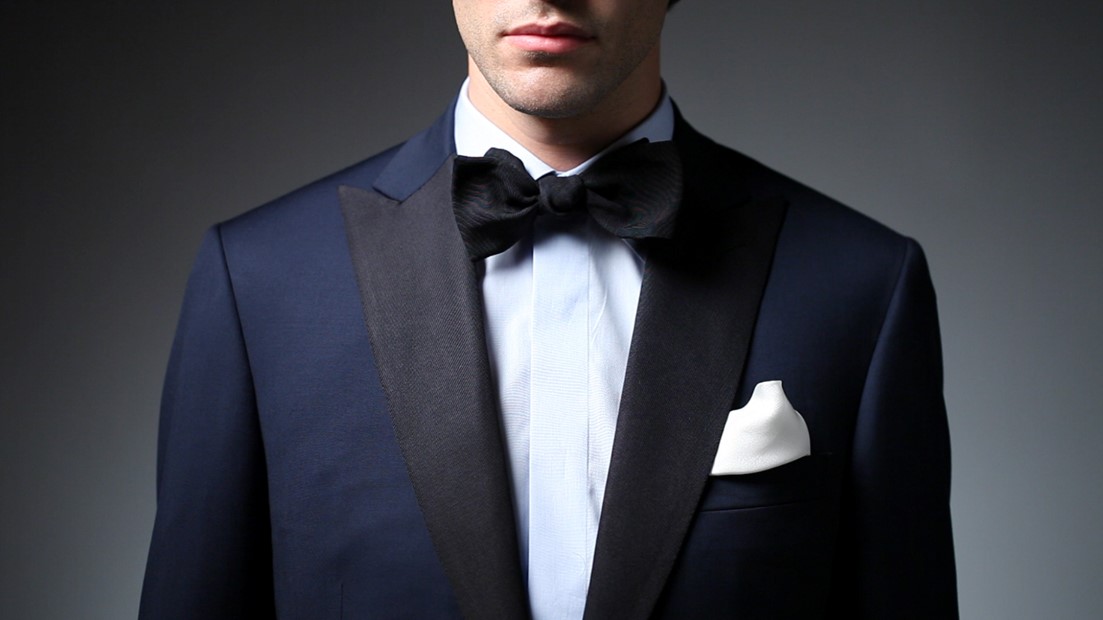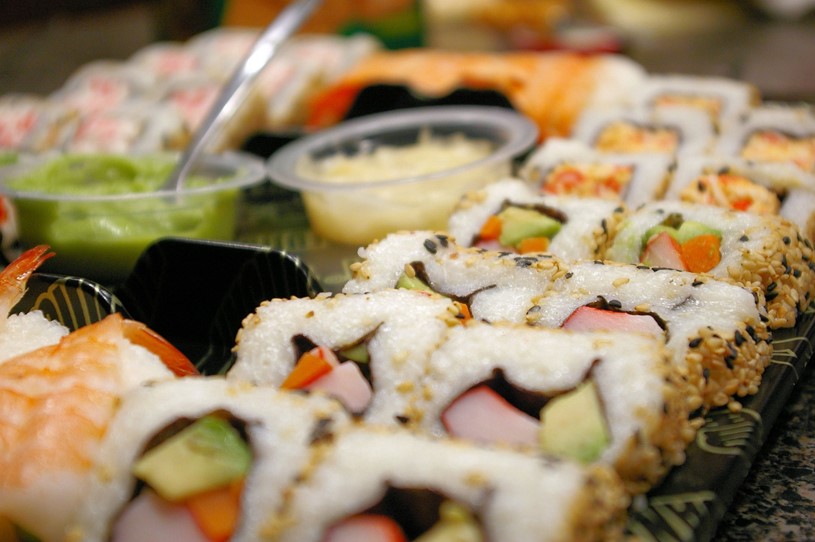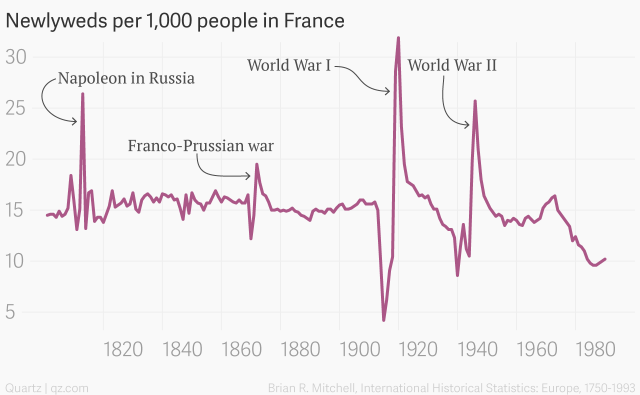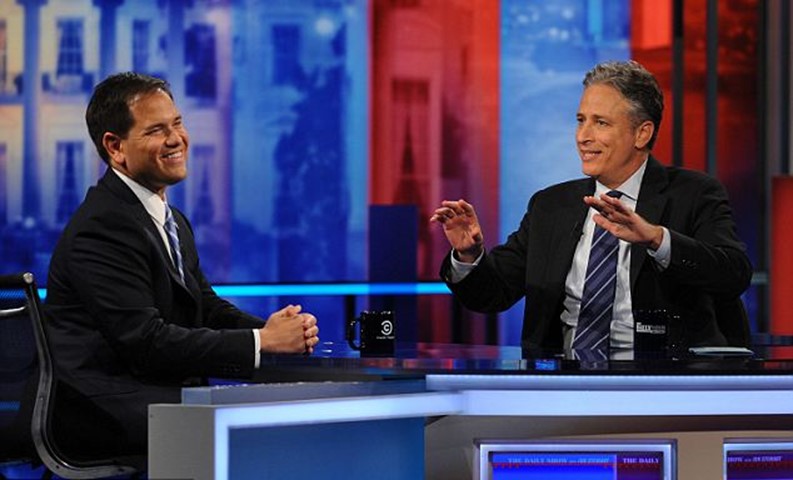
The New Avengers film has been facing some blowback due to its portrayal of women, particularly Black Widow. An anonymous former Marvel employee noted that the Avengers merchandising largely ignores the female Avengers and explained why:
- Age of Ultron has had one of the biggest openings in film history – a lot of it driven by female audiences – yet the toys and action figures aren’t geared to appeal to girls.
- This seems to be something that happened after Marvel was acquired by Disney.
- Disney already has its merchandising towards females locked down with dolls from movies such as Frozen and Brave proving popular with girls.
- Part of the reason for Disney’s acquisition was so that it could build a line of merchandise that was also popular with boys.
- Thus toys from films such as Frozen are aimed at girls, and those from The Avengers are aimed at boys.
- Moreover female characters are often hyper-sexualized in the movies, and there are concerns about selling merchandise to young children with that kind of imagery.
The full article talks about how consumers can best go about pressing the industry for change, and takes a more detailed look into how merchandising deals are set up financially. You should read it here.
Centives has also previously covered how male oriented action figure toys prevent executives from greenlighting comic book cartoons aimed at girls here.
Source: The Mary Sue
Via: io9











Join the Discussion! (No Signup Required)